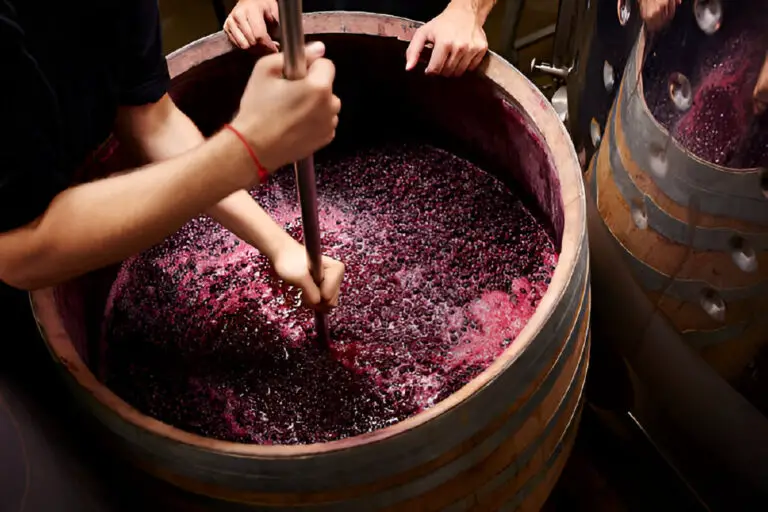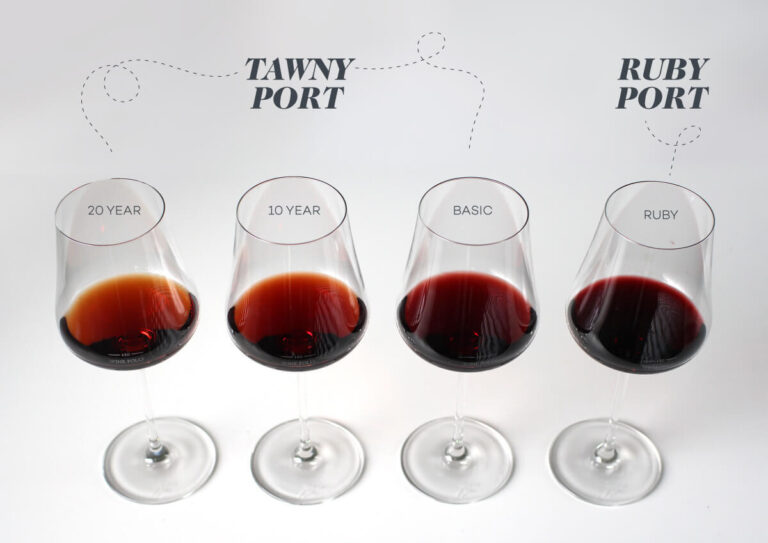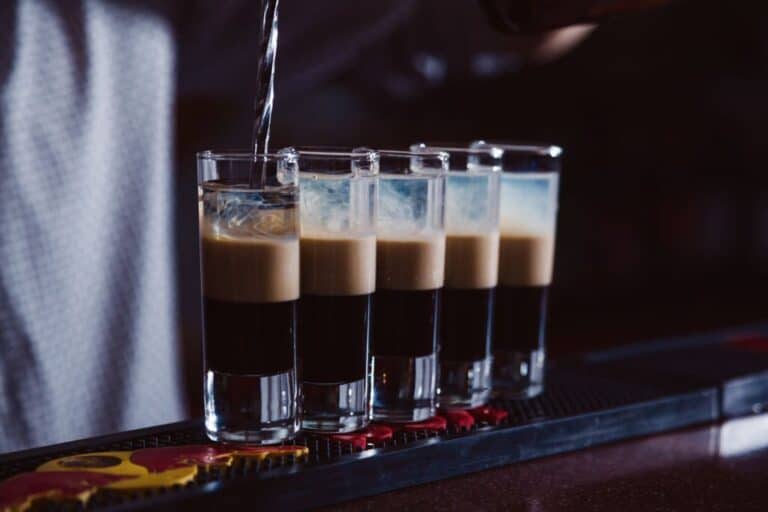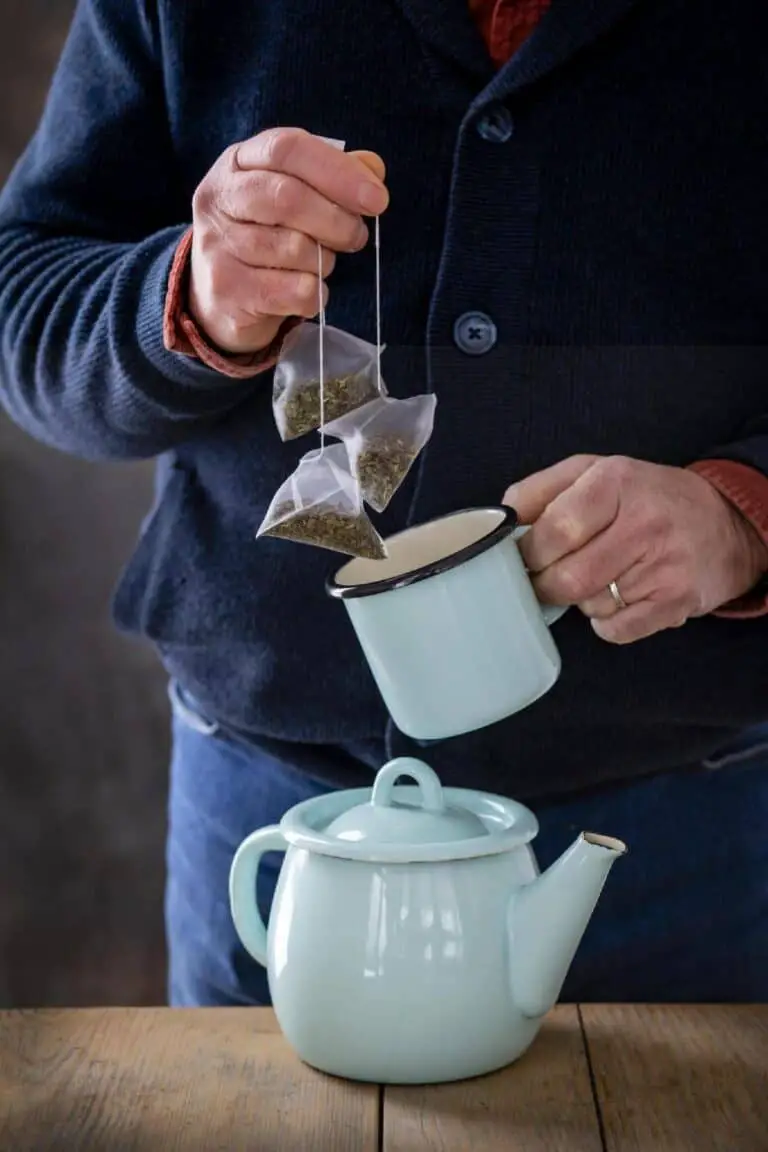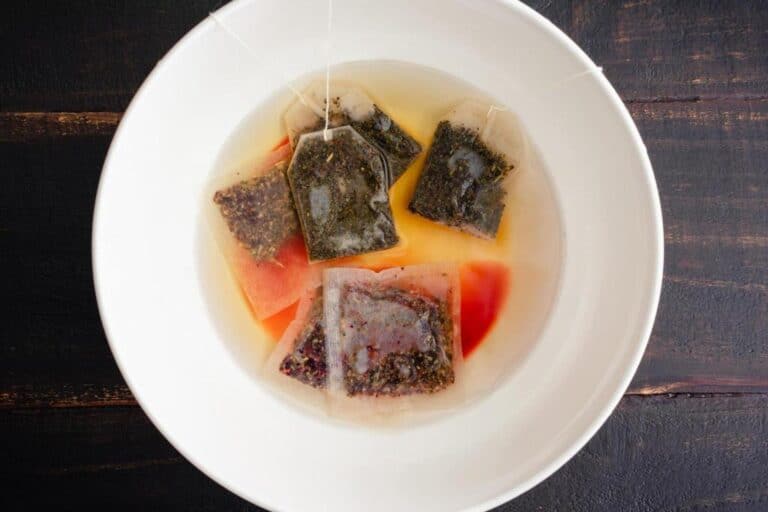What Alcohol Drink Complements Chinese Food? A Guide to Pairing Like a Pro
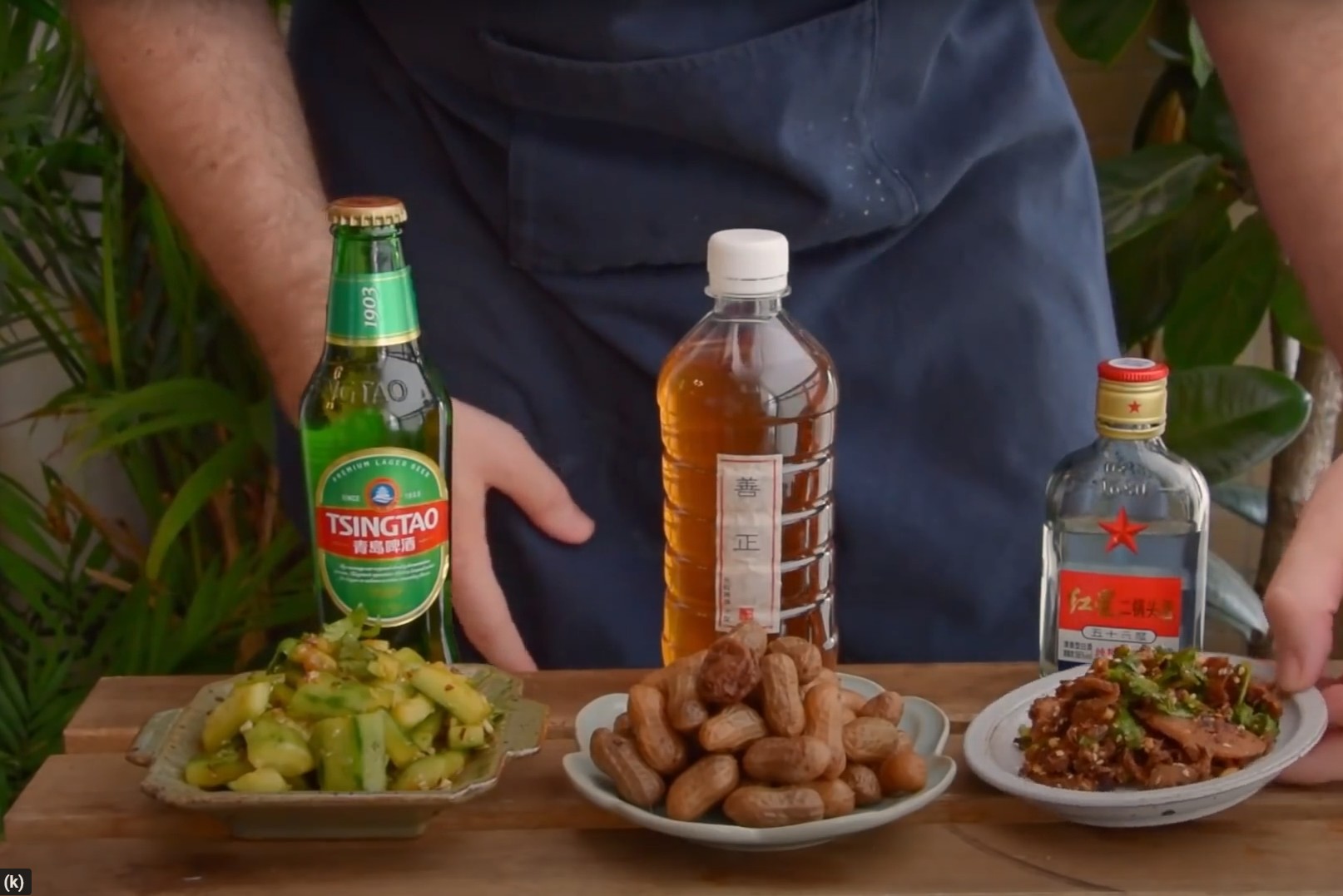
Chinese food. Just saying the words makes me crave a good dim sum feast, or maybe a spicy Sichuan stir-fry. But here’s the thing: as delicious as Chinese food is, pairing it with the right drink can take your meal to a whole new level. For years, I just reached for a standard beer or maybe a glass of white wine, but then I discovered something: there’s a world of alcohol pairings that complement Chinese food, like peanut butter goes with jelly.
So, if you’ve ever wondered, “What drink should I have with my kung pao chicken?” you’re in the right place. Let’s dive into this flavor journey and explore the best alcohol drinks that bring out the best in your favorite Chinese dishes.
Understanding the Balance of Flavors in Chinese Cuisine
Chinese cuisine is all about harmony, where each dish balances different flavors like sweet, sour, salty, and spicy. Whether it’s a tangy sweet and sour pork or a fiery Sichuan hotpot, every bite is designed to hit multiple taste buds at once. This balance of flavors creates a rich and layered dining experience that makes the food both comforting and exciting.
Pairing alcohol with Chinese food can elevate these flavors even further. A well-chosen drink doesn’t just accompany the meal; it complements the taste and enhances the overall experience. For example, a crisp, light beer can cut through the richness of fried dishes, while a slightly sweet Riesling helps mellow out the heat from a spicy stir-fry.
Alcohol pairings also bring out hidden nuances in the food. The carbonation in beer refreshes the palate, preparing it for the next bite, while the acidity in wine can highlight the savory umami flavors often found in soy-based sauces. The right pairing adds an extra layer of enjoyment to the meal.
Why Pairing Matters: Balance and Contrast
Before I start recommending drinks, let’s talk about why pairing alcohol with Chinese food matters. Chinese cuisine is rich, complex, and layered with flavors. From sweet and sour to spicy and savory, every bite hits you with a punch of different tastes. The goal of a great pairing is balance: to enhance the food’s flavors without overpowering them. It’s like finding the yin to your yang.
Now, let’s jump into some pairings that will elevate your Chinese dining experience.
1. Beer: A Classic Companion with a Twist

“When in Doubt, Go with Beer”
Beer has long been the go-to drink when it comes to Chinese food, and for good reason. The carbonation and light bitterness cut through the richness of dishes like fried rice or pork dumplings. But let’s step up the game and go beyond the standard lager.
Best Beers to Try:
| Beer Type | Chinese Dish | Why It Works |
| Pilsner | Sweet and sour pork, spring rolls | The crispness balances sweet and tangy flavors |
| Belgian Wheat | Dumplings, stir-fried vegetables | The citrusy, refreshing notes complement light dishes |
| IPA | Kung pao chicken, spicy noodles | The hoppy bitterness cuts through spicy, bold flavors |
Pro Tip:
When I have a spicy dish like mapo tofu, an IPA is my secret weapon. The beer’s bitterness not only calms the heat but also brings out the smokiness in the dish.
| See Also: What Happens When Bourbon Is Added to Beer? What’s the Taste Profile? |
2. Wine: Yes, It’s a Thing with Chinese Food
“Wine Isn’t Just for Fancy French Cuisine”
I used to think wine only belonged with cheese platters or European dishes, but boy was I wrong. Wine, especially the right kind, can beautifully complement Chinese cuisine. The trick? Match the intensity of the dish with the complexity of the wine.
Red or White?
- Red Wines: Pair with richer, meat-based dishes like Peking duck or beef in black bean sauce.
- White Wines: Best for seafood, chicken, or lightly fried dishes where you want to keep things fresh and zesty.
Top Wine Pairings:
| Wine | Chinese Dish | Why It Works |
| Riesling | Peking duck, spicy prawns | Its slight sweetness calms spicy heat and rich sauces |
| Pinot Noir | Beef stir-fry, pork dumplings | The smooth, fruity flavor complements savory meats |
| Sauvignon Blanc | Lemon chicken, shrimp dumplings | Crisp acidity cuts through greasy or fried dishes |
Pro Tip:
If you’re having something with soy sauce or hoisin, go for a wine with a bit of sweetness (like Riesling). It creates this perfect balance of salty and sweet in your mouth.
3. Baijiu: The Chinese Spirit You Need to Try
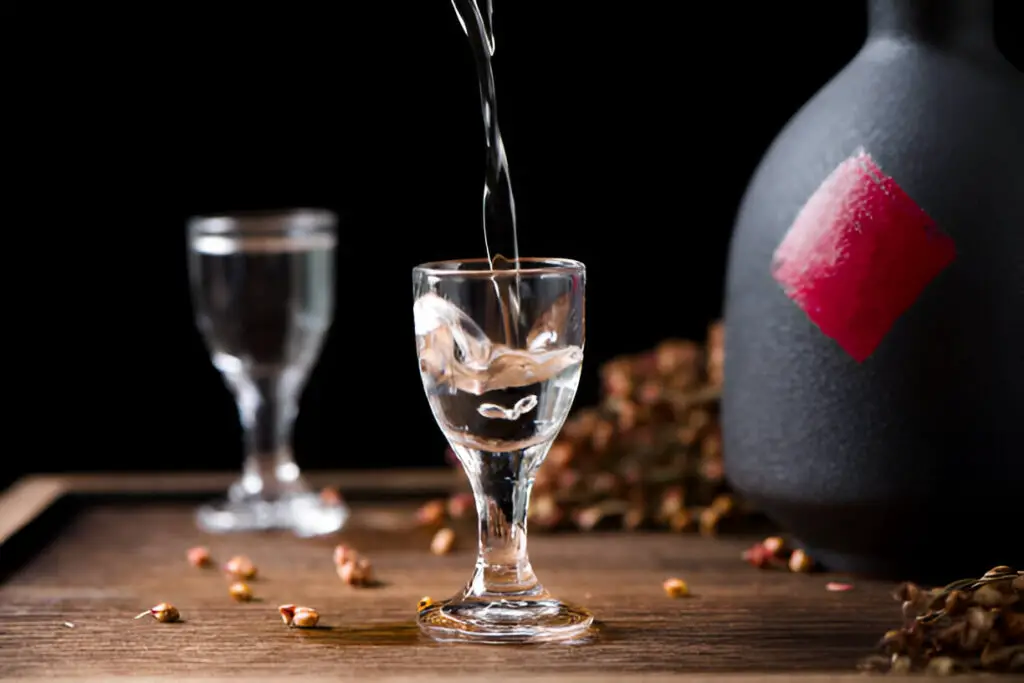
“When in China, Drink Like the Chinese”
Let’s talk about the elephant in the room: Baijiu. If you’ve never tried it, it’s a traditional Chinese spirit that’s not for the faint-hearted. With an alcohol content that can range from 40% to 60%, it’s strong, but when paired with Chinese food, it’s like a match made in heaven.
Baijiu and Food Pairings:
| Type of Baijiu | Chinese Dish | Why It Works |
| Strong Aroma Baijiu | Spicy Sichuan dishes, hot pot | Its bold flavor matches the fiery heat of these dishes |
| Light Aroma Baijiu | Dim sum, fried rice, steamed fish | The lighter, fragrant notes won’t overpower delicate flavors |
Pro Tip:
Baijiu is traditionally enjoyed with food during celebrations, but if you’re new to it, go slow. Sip it while you eat, and let the flavors blend together on your palate.
4. Cocktails: For When You Want to Get Creative
“Sometimes, You Just Need a Cocktail”
I love cocktails because they’re versatile. You can tailor them to match specific flavors in your food. Whether it’s something citrusy to contrast with a heavy dish or a spicy cocktail to mirror the heat in your food, there’s a lot of room to play.
Cocktail Pairings:
| Cocktail | Chinese Dish | Why It Works |
| Margarita | Spicy noodles, sweet and sour chicken | The limey tartness cuts through the heat and sweetness |
| Whiskey Sour | BBQ pork, fried wontons | The smoky, sour notes match well with grilled flavors |
| Moscow Mule | Sesame chicken, spring rolls | The ginger and lime balance both savory and sweet elements |
Pro Tip:
If I’m feeling fancy, I’ll mix a drink like a mojito with my seafood dishes. The mint and lime in the cocktail bring out the freshness in the seafood, and it feels like a mini vacation with every bite.
5. Sake: The Unexpected Star
“Sake Isn’t Just for Sushi”
I know, I know. Sake is Japanese, right? But hear me out—sake, with its rich umami flavor, can work wonders with Chinese food, especially dishes that have soy sauce or fermented elements. It’s the unexpected star of the show, trust me.
Sake Pairings:
| Type of Sake | Chinese Dish | Why It Works |
| Junmai | Soy-braised dishes, noodles with mushrooms | Its deep, earthy tones match the umami flavors |
| Ginjo | Steamed dumplings, stir-fried vegetables | Light and fragrant, perfect for lighter dishes |
Pro Tip:
Try pairing sake with dishes that use fermented black beans or soy sauce. The sake’s umami richness enhances the depth of these flavors.
So, What’s the Best Drink for Chinese Food?
Honestly, it all comes down to what you’re eating and your personal preference. Whether you’re cracking open a cold beer with some dumplings or pouring a glass of Riesling with your spicy prawns, the right drink can transform your meal from good to unforgettable.
The trick is to match the intensity of your food with the drink, and sometimes, contrast works even better than complementing. Sweet with spicy, crisp with rich—the possibilities are endless.
A Quick Recap: What Drink Goes with What?
| Drink | Chinese Dish | Why It Works |
| Pilsner | Sweet and sour pork, spring rolls | Refreshing and crisp, cuts through sweet and sour |
| Riesling | Peking duck, spicy prawns | Slight sweetness balances out bold, rich flavors |
| Baijiu | Hot pot, Sichuan dishes | Strong flavor holds up against fiery, spicy dishes |
| Margarita | Spicy noodles, sesame chicken | Limey tartness cuts through the sweetness and heat |
| Junmai Sake | Soy-braised dishes, stir-fried mushrooms | Umami flavors pair perfectly with fermented sauces |
So, next time you’re ordering Chinese takeout or cooking up a stir-fry, try pairing it with one of these drinks. Who knows? You might just find your new favorite combo!


